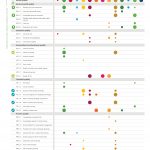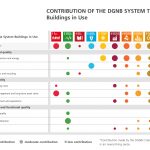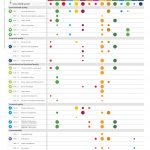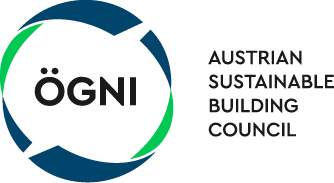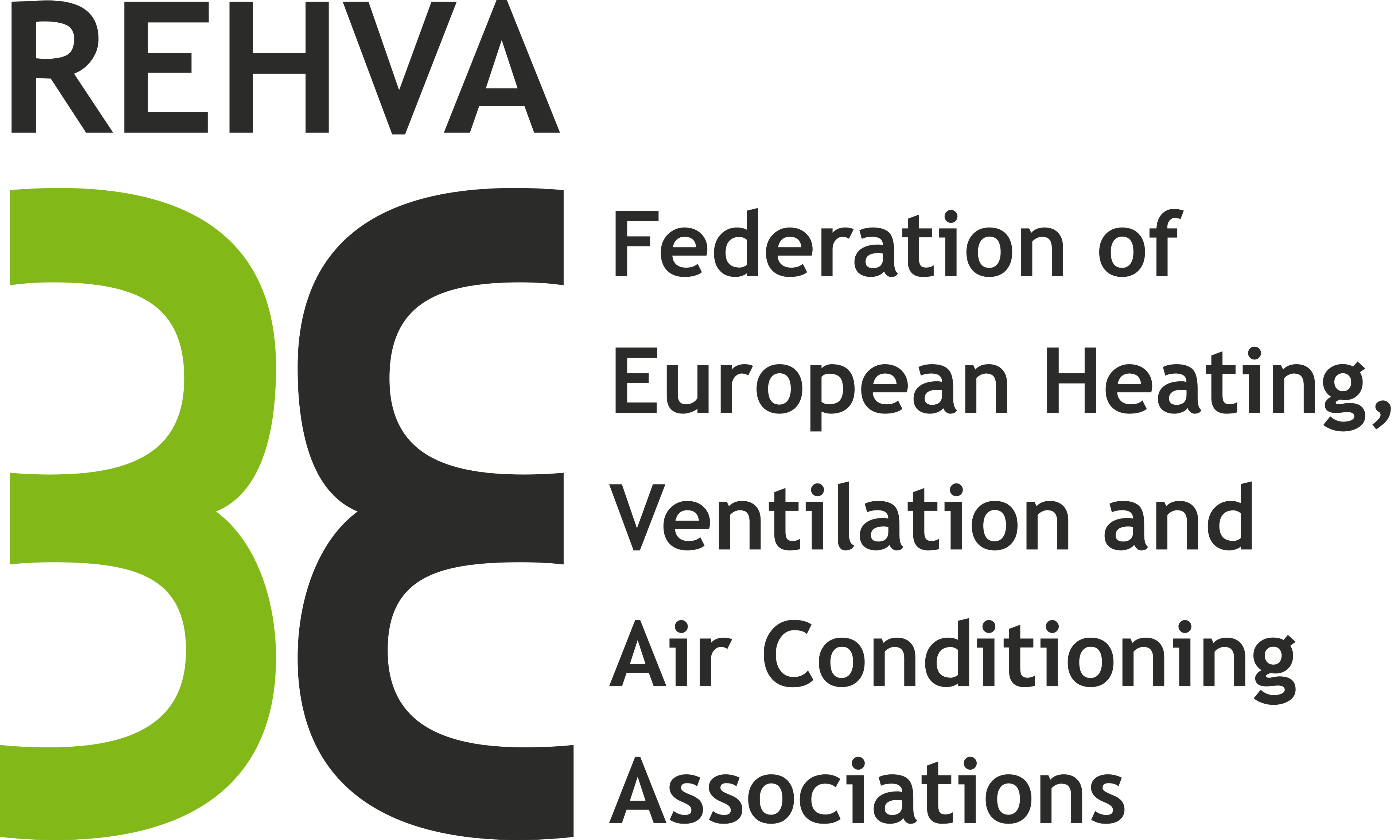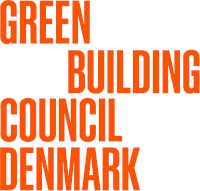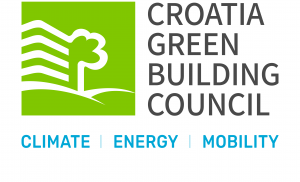About the UN Sustainable Development Goals (SDGs)
In early 2020, António Guterres, secretary-general of the United Nations, called for a decade of delivery and action, highlighting that there are only ten years left to work together in transforming the world in keeping with the 2030 Agenda or, in the words of Guterres’ predecessor Ban Ki-moon, “to save our planet”. Only months later, his appeal was amplified as the global coronavirus crisis gathered pace. Guterres called for joint action and even more cohesive implementation of the sustainability goals.
“We are the first generation that can put an end to poverty and we are the last generation that can put an end to climate change.”
(Ban Ki-moon, UN secretary-general from 2007 to 2016)
The 2030 Agenda is a kind of global treaty on the future of the world. It was adopted by the United Nations General Assembly in 2015 along with 17 Sustainable Development Goals, or SDGs. It is about nothing less than ending famine and extreme poverty in the world, placing limits on climate change and preserving natural resources. All with the guiding principle of leaving no one behind.
Honourable goals, but without a doubt a mammoth task. The question is: How? Entire nations, communities, organisations, businesses and civil society overall have been and still are called upon to draw up action plans and implement the SDGs. The atmosphere was euphoric. Germany emerged as a pioneer in this area, unveiling its own new sustainability strategy the very same year. But if you follow UN sustainability summit proceedings and are familiar with the SDG reports, the current outlook does not look good. Not a single country is on track to achieving its targets by 2030. A special appeal goes out to the G20 countries, which – given their size and importance to the global economy and trade – should intensify political efforts and measures for achieving the SDGs. In addition, there is still much to be done to raise international awareness of the SDGs.
Buildings and the SDGs
Buildings are our living spaces! We reside, live and work in them. The quality and features of a building have a huge influence on our well-being. A t the same time, buildings interact with the environment. Just looking at the facts when it comes to buildings – and the process of building – makes it clear that ‘Transforming our World’ requires urgent action. This is because land and a large number of natural resources are needed to construct buildings. Even producing building materials can consume huge amounts of non-renewable energy and water, also resulting in harmful emissions. Ethical, social and ecological standards are far from being the norm.
Most existing buildings account for high levels of energy consumption and CO2 emissions. Too often, buildings are simply torn down and the pool of unused man-made resources grows bigger. We all know the consequences: greenhouse gases, raw material shortages, air pollution, soil acidification, disease. Ultimately, we are also affected by this, and the hardest hit are those who have few means to protect themselves and stay safe.
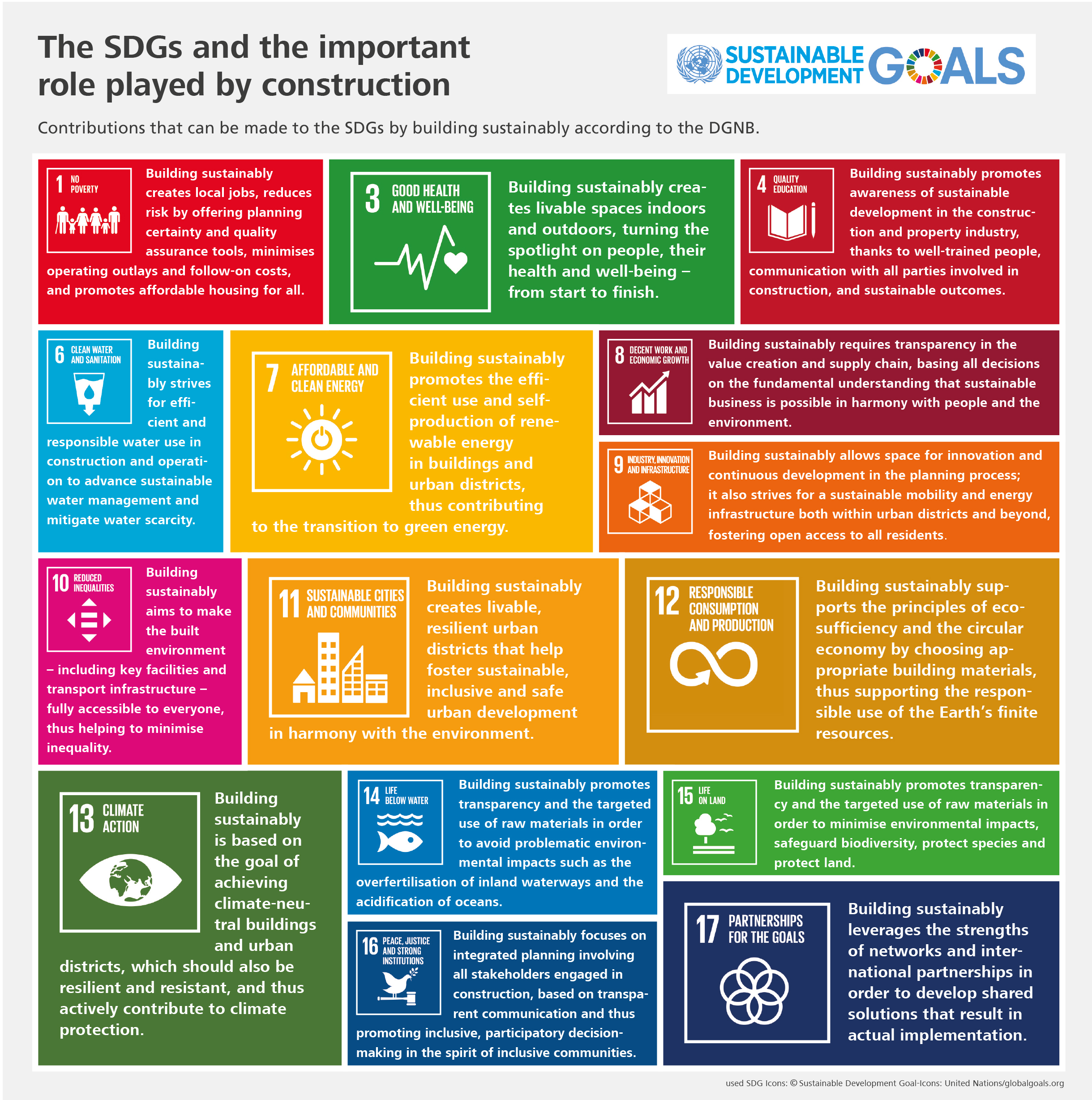
Adopting a sustainable perspective shows that there is an alternative. Not only can we design our built surroundings in such a way that we feel comfortable in them, we can also ensure they do no harm to others or the environment. But to do this, we need to be honest with ourselves, consider the facts and have the courage and the will to transform the construction sector and make sustainability the new normal. Building in the spirit of sustainable development means acknowledging that buildings can place value on people and nature.
Building for a Better World
This publication by the DGNB demonstrates in practical ways how buildings can tangibly contribute to achieving the SDGs. The publication introduces the reader to the topic of sustainable development and highlights that up to 15 SDGs are addressed by sustainable construction.
Using the examples of new construction and buildings in use as well as districts, the report shows that the DGNB Certification System can be used as a planning tool to translate the SDGs into concrete projects. Sustainable building thus becomes tangible.

